- Created
- 3 years, 6 days ago
- Creator
- _featherweather
- Favorites
- 0
Profile
Kamakura
Back to topKamakura
EMBLEM
BASIC INFO
- TYPE Religion / Clan
- ESTABLISHED Over 500 Years Ago
- FOUNDER The First Hōin
- LEADER Rinka
- HEADQUARTERS Honzan, Land of Iron
- MEMBER COUNT ~17000
- STATUS Active
OVERVIEW
To him the Way, the Law, apart,
Whom Maya held beneath her heart,
Ananda's Lord, the Bodhisat,
The Buddha of Kamakura.
ॐ
Kamakura, despite it's 'clan' status, is actually a religious sect that predates the foundings of the shinobi villages. What started as an offshoot Buddhist sect that had formed around the Goddess who granted peace and chakra to the land claiming she was the newest and greatest to attain enligtenment, the Kamakura opened its first temple in the Land of Iron. It quickly grew in membership and popularity, allowing more temples to open up throughout the contintent.
As time went on, the links to Ōtsutsuki were forgotten or regelated to myth, but the links between the religion and chakra remained; many monks and nuns who reside within the temples have at least basic training in its usage, even if few go out to become full fledged shinobi or samurai.
As a religion, Kamakura is fairly widespread although the amount of devout members probably only numbers in the one to two thousand. Most people only visit the shrines at funerals and holidays such as the Spring and Autumn Equinox (Higan-e), Obon, and New Year's.
The "clan" symbol is the Triratna, signifiying the Sanbō / Three Treasures. Many Kamakura have it stithced into clothing or on jewlery as a way to show their membership.
VALUES & PRINCIPLES
If you meet Buddha on the road, kill him: It's common for Kamakura from different sects to ask their brethren if they have met Buddha recently and if so, how did they react. To the Kamakura, life is a journey to learn more and getting complacent leads to falling off the path towards enlightenment. Whether civilian, clergy, or military, to be a Kamakura is to strive to know their true selves. How they do so varies from member to member.
On Ōtsutsuki's Teachings: the vast majority of Kamakura subscribe to the non-violent doctrines that the Ōtsutsuki once favored. Obviously, for members of the clan who are shinobi or samurai, death is probably something they, even those who are medics, have encounter often. For those, Kamakura teachings states that attacking out of violence or anger is frowned upon and that any deaths should be kind and suffering eased even for enemies.
無一物 (hold nothing): the highest state of being, according to Kamakura doctrine, is that by nature, because all humans are “empty” there is nothing humans should fixate on, so people are free from everything. How this doctrine is understood varies from member to member. Some see it as a calling, that they should eschew earthly desires to be the best they can. Others decide that means humans, as a whole, are free to choose their own actions, that no consequences from the past life can limit them.
六道輪廻 (rebirth in the six worlds): The Kamakura believes that life is transient but souls last forever and that, upon the death of their body, they transmigrate between the world of men and five others. As life is fleeting and in flux, the worse thing a Kamakura can do is stagnate and stay in one place. Funeral rites for Kamakura vary from sect to sect but standard burials is seen as against their culture. It is because of their belief in the afterlife and post-humorous worlds that the Kamakura religion as a whole views certain techniques, such as Summoning: Impure World Reincarnation and Dead Demon Consuming Seals, as heinous crimes against the soul, seeing as they disrupt the transmigration of souls. Some sects of the Kamakura believe the same of Jinchūriki, while others see them as honorary kinsmen who are forced onto the path of enlightenment by circumstances.
CODE OF CONDUCT
- Inquisitiveness and continued learning.
- Religious tolerance.
- Open doors, open hearts.
- There is no death, just a chance to be reborn.
- Mercy is a right to all living things.
MISSION & PURPOSE
Today, the Kamakura continues to preach for peace and unity, believing that it is possible for individuals can reach enlightenment through collaboration. To that ends, the head temple of the Kamakura in the Land of Iron helps put on events to help continue peace, including conventions and holding summits between enemy nations.
On the inverse, there are schisms within the Kamakura - not all sects are happy with the current status quo. Some parts of the Kamakura still remembers their original goddess's fate and believe that, as some of her original followers, the world should be burn for their sacrilege.
DIASPORA & RECRUITMENT PROCESS
Unlike traditional clans, the Kamakura is a loosely related family, made of those born of the original Kamakura Temples and those who join the religion.
Some retain their family name, some take it upon themselves, while others are given it freely. While there are plenty of Kamakura-affiliated shinobi or samurai in the ranks of many, if not all, of the hidden villages, the vast majority of members are civilians or temple members. Most members adhere to the doctrines and tenant of the Kamakura, aiming to live fulfilling lives on their way to enlightenment.
Generally smaller and satellite temples have 1 to 6 members on staff, assisting dozens to hundreds of practicioners while the larger regional temples have upward to 100. Honzan, in Iron Country, has the largest staff at 200 members, plus the Hōin, the 5 Hōgen, any other representatives who visit, and their staff. There are a little under 600 active monks and nuns who service around 16,000 partioniers of various belief levels. Of this amount, less than 3% are active shinobi.
Kamakura members come from and join all walks of life – not just monks, ninja and samurai, but teachers, medics, grocers and everything in between. It doesn't take much to join the Kamakura, just come by any temple, say you want to join, and take classes to do so. There are tests that need to be passed but most people can get the needed education and pass the exams in under five years.
Any adult who wants to join the Kamakura has to be processed through the main temple, which can, on occasion, cause quite a bit of backlog. (But also, adults who convert to the religion and join the clan, in the same classes as 4 year olds learning about the world from Kamakuras is high key hilarious). If a request to join is made prior to that age, the final paperwork can be processed at the local temple.
Though rare, there are some excommunicated members of the Kamakura clan. It takes a heinous crime to be stripped of your name and affiliation, but it has happened. There are far more members who renounce the Kamakura clan, leaving it although the church will remain an option for them if they ever come back (unless they are also excommunicated). Even more numerous are Kamakura who are members but do very little with the clan.
LOCATIONS
The Main Temple is located within Iron Country and is a sprawling monastery whose grounds is effectively a small city. The head of the temple is known as the Hōin, who is elected from the elders within the Iron Temple every 9 years (or sooner, if something happens with the Hōin during his term). The Hōin is more a spiritual head of the family, providing guidance when asked, as well as detailing requirements for joining the clan (or excommunication).
Beneath it are the 5 major temples located in the countries of Earth, Lightning, Water, Wind, and Fire. Each temple elects a high priest, known as as Hōgen, as a representative for their temple with the Iron Temple. While technically elections are supposed to occur every 2 years, the process of getting visas for inter-nation travel is a diplomatic headache so most temples rarely recall their representatives (Fire has dutifully sent a new representative every 2 years, barring during Third Shinobi World War). Their job is to represent those of the Kamakura who live within their countries, as well as serve as counsel to the Hōin.
Many other satellite temples affiliated with the Kamakura exist throughout the continent, many who have a representative who stays in the Iron Temple or travels between there and their home temple.
The temples employ local shinobi as couriers between the various temples across the continent, as well as the occasional guards when monks and nuns go on a pilgrimage or have to visit another temple. Most temples are fairly self-sustaining, often times through farming or selling various goods from artwork to household items to even weapons (the swordsmiths of the temples in Mist and Fire have a fierce rivalry that is always on display during SwordCon).
Depending on the size of the temple, it can be one building and a small lot or dozens of them on sprawling grounds. Regardless, all Kamakura temples are marked by a gate (often two stories, sometimes with wooden guardians).
PUBLIC OPINION
Kamakura is a major religion on the shinobi contintent although the vas majority of members are civilian, many of whom are not devout, but participate during important events. Funerals and new years tend to be the busiest times for all temples.
No idea what else to put here lmao
Jump to: Ancient History • Recent History • Present Day
Ancient History
Ōtsutsuki Period
- Kamakura began as a temple in the region that is part of modern day Iron Country during the strife that predated the eating of the fruit to attain chakra. As the Ōtsutsuki matriarch rose to power, the monks of Kamakura adopted her as a Goddess and a Buddha, as one who has attained enlightenment and became closer to God, spreading her teachings of non-violence and an end to wars throughout the land, opening up satellite / affiliated temples wherever the monks and nuns laid down roots.
- Over time, her deification erased records of her decline into madness and how some of her children had to imprison her. Even though nothing but the oldest texts document this, it is the cause for the Kamakura's split feelings on the practice of jinchūriki.
- While certainly nowhere near as well trained as ninja or samurai, monks and nuns of the Kamakura had some understanding of chakra, generally not to the point of developing jutsu, but to help supplement their and other's health and strength.
Warring States Period
- As conflicts across the continent arose, the monks and nuns opened their temples to any and all who searched for sanctuary. Guests had to leave animosity upon temple grounds as the Kamakura adhered to the tenants of Ōtsutsuki, denouncing the wars and the carnage it brought.
- Anyone, shinobi, samurai, or otherwise, who broke the truce would often find themselves thrown out of the temples and warnings posted to other temples to advise that they were a person to not allow within. This, of course, made the temples a target, although plenty of shinobi who were using the temples as refuge had no qualms taking up arms, even if it was side by side with an enemy, to help protect it.
Recent History
The Founding of Shinobi Villages
- As villages began to form, the Kamakura temples were seen as an oddity. They were not a clan yes, but their temples were widespread and members of their order were often friends and allies of the various clans that began to band together (or chose not to). The 69th Hōin announced an edict: Kamakura Temples can be integrated into nearby villages so long as their autonomy was respected. That meant that Kamakura doctrine could supercede village law on temple property (including that the temples continued to keep their doors open to any who needed assistance, much to the displeasure of the local law enforcement) and that members had the freedom to worship as they so wished. Because of this, many temples remained outside of official village limits although a number would be integrated more fully into the Hidden Villages over time. Temples generally trade freely between themselves and local villages.
- Integration with the general shinobi populace started gradually. Initially it was just some monks who picked up more jutsu from those who stayed for a spell, or were former shinobi who retired and joined temple life but within two decades of the founding of the village, Kamakura ninja were starting to pop up within the ranks, many of them early medical or defense specialists.
- In March Year 10, the first SwordCon occured, although it was less a convention and more a "hey, I wonder who would win between a Samurai and a Shinobi in a straight up sword fight, let's invite some good swordsman to check it out" because the current Hōin at the time (#70) was a bit of a sword fanatic. Things snowball from there.
The First Shinobi World War (Year 59 – 63)
- Just as in the past, Kamakura Temples provided refuge to any who make it to their territory, causing tensions with local villages as enemy nin would attempt to hide away in temples. The Kamakura remained firm in the neutrality of their temples, even at the pleadings of Kamakura shinobi.
Between the Great Wars
- The current Hōin enacts an edict that, while their temples are open as refuge to anyone, there is a time limit of one week. After that week ends, guests will need to step off Kamakura property for at least 12 hours before they can seek refuge within the same temple again. A caveat was made that purposefully taunting opponents while at the border of Kamakura lands and your opponent takes a shot at you, it isn't against Kamakura principles
and had, on no less than 3 occasions, made the Hōin actually push out an offender so they could be captured by hunter nin(the Hōin of that time was a priest who gave no fucks).
The Second Shinobi World War (Year 83 to 89)
- The Kamakura temples maintain their neutrality, although there were a number of Kamakura shinobi were part of battle platoons, generally as medics or field specialists.
- SwordCon is cancelled in Year 87 due to an attemptive assassination of the Kazekage clase enough to Kamakura land that the Hōin pitched a fit and punished everyone. The Water Hōgen files a petition with the Mizukage to ensure that no attempt is made on Iron soil again, lest all Kirigakure shinobi gets banned from the convention. The Earth Hōgen follows suit the next year.
Divisions Within (Year 90)
- The 85th Hōin dies unexpectedly in the middle of his term, forcing a special election of the new head of the Kamakura. Three contenders for the seat are brought forward: Masaru, Muneyoshi, and Mondo.
- KAMAKURA Masaru, a monk from Iron.
- APPARI Muneyoshi, from Wind Country, was a medicnin during the first and second wars.
- SHIE Mondo, from Water Country, was also a shinobi but fought on the front lines during both wars. He believed that the Kamakura should take a more active role on all fronts. Instead of watching countries bumble their way through international relations and waging wars against each other, the temples should forcibly seize power and control of the continent to unite everyone in peace. This is the beginnings of the Shie Sect, as they believe that they're the answer to the question of how to bring enlightenment.
- Election results come in and Muneyoshi is elected through Year 94. The first edict the new 86th Hōin makes is excommunicating their political rival, Mondo, stating that their warmongering views are antithesis to the beliefs of the Kamakura. Their crimes, the Hōin stated, are so heinous that Mondo is put to death. The damage is done however, and the doctrine spreads, especially in Mondo's home region of the Land of Water.
The Third Shinobi World War (Year 91 to 99)
- In Year 97, Uzushiogakure is destroyed. The Hōin condemns the actions over the lives lost and culture destroyed. However part of the forces that destroyed the village included a fair number of Kamakura shinobi and monks from Kirigakure, all members of the Shie Sect. During the destruction, they Shie members found some scrolls detailing Uzumaki hiden. Not enough to recreate Uzumaki techniques, no, but it gave them a good idea of what the Uzumakis are capable of.
Present Day
The First WepCon (Year 102)
- Although SwordCon celebrated weapons of all kinds, the paneling focused heavily on sword creation, maitenance, and fighting to the point where some anonymous suggestions were made for more inclusive programming. WepCon was established to feature panels and demonstrations of more weapon types.
Rinka Elected as Hōin (Year 110)
- A surprise upset occurs with the election of KAMAKURA Rinka as the 88th Hōin. As a shinobi of Konohagakure, she was actually on an unrelated mission and found out she won the Hōin elections upon her returned to the villagen. Made even more surprisng because Rinka had not put her name up on the ballot and it was due to a joke from a friend that she was even submitted but the monks and nun who call Honzan home elected her unanimously, beating out the current Mizu Hōgen SHOUGE Matarou by a landslide.
- (Mostly because her knowledge in budgeting is well known, although the voting priests at Honzan were also happy to make sure Matarou doesn't get the job because he's a warmonger which many believe is... antithetical towards Kamakura doctrine).
- Rinka is a proponent of the "back to Uzushio" movement, in part because she's served with Akane Uzumaki (and to a lesser extent Mamoru) during the war. This... does not win her any favors with the Shie faction.
- One of the first edicts Rinka enacted was the creation of the Shinobi Games, coinciding with WepCon.
Year 112
- Present day!!
Members
"Insert a quote here."
—Who said this quote or when this quote was said
Feel free to create your own Kamakura / Kamakura-affiliated members. Permission is not needed so long as you inform me so I can have them added to this section.
Please consult me if you want to add to the lore of this religion / clan.
MEMBERS
Hiden
"Insert a quote here."
—Who said this quote or when this quote was said
While not exactly secret, the Kamakura Clan techniques are kept protected throughout the temples, no matter which sect one belongs in. They lie less in the actual jutsu that's performed and more on the creation of sutras — special fūinjutsu that, when paired with a mantra, can create devastating effects. The scripts themselves can surely be copied, but are nothing more than overly complicated explosive tags when not done correctly (which is only taught within Kamakura temples). A tag created by a Kamakura can be used by anyone so long as they know the corresponding mantra.
Unsurprisingly, Kamakura shinobi tend to be fairly adept at fūinjutsu... as well as creating explosive tags. Even non-shinobi members know how to create these sutras as something they learn as they grow up (or join) the family.
経の術・般若心 (Heart Sutra Technique) is a D-Rank Hiden Ninjutsu.
A hiden technique that requires the use of a sutra.
The user, after infusing chakra into the paper and reciting a short associated mantra, throws the sutra, which then takes the form of an animal made of chakra. These chakra creatures can be used to track targets or distract them, although they have little offensive ability. Exploding tags can be put on them to detonate at a distance. A little chakra can allow the creature to last up to half an hour, while large amounts of chakra can make a single creature last for days. Users can have more than one chakra creature, but it requires chakra to maintain each.
経の術・華厳 (Flower Adornment Sutra Technique) is a C-Rank Hiden Ninjutsu.
A hiden technique that requires the use of a sutra.
The user, after infusing chakra into the paper and reciting a short associated mantra, uses the sutra as a blade of chakra. This requires constant flowing of chakra, and the blades can not be thrown, or they will just revert back to the sutra or turn to ash. With fine enough chakra control, the Avatamska can work just like chakra scalpels.
経の術・法華 (Lotus Sutra Technique) is a A-Rank Hiden Genjutsu.
A hiden technique that requires the use of a sutra.
Those within hearing distance are wrapped up in a vision of the universe, ever sprawling and all consuming, making the victims disoriented and perfect for attacking. Genjutsu ends when the user runs out of breath/stops chanting or when the target breaks free. One target breaking free does not stop the genjutsu from affecting other targets. The Kamakura casting this genjutsu must remain stationary as they hold the sutra and continue repeating the mantra. This technique also affects allies, but can be easily dispelled for them with a paired sutra infused with the users chakra.
経の術・無量義 (Sutra of Immeasurable Meanings Technique) is a B-Rank Hiden Genjutsu.
The paired sutra that allows the disruption of the Lotus Sutra Technique.
This is often the most used technique by non clan members, to effectively use the Lotus Sutra on missions. The sutra can also be used to disrupt most C-rank or lower Genjutsu.
経の術・金光明 (Golden Light Sutra Technique) is a A-Rank Hiden Ninjutsu.
A chakra heavy shield that encompasses a 5 to 10 foot radius around the user. The user can block most regular C-ranked ninjutsu [B-ranked ninjutsu of their Elemental Affinity] and mitigate some of the power of higher ranked jutsu at the cost of their chakra. Users can maybe get a full minute worth of shield time at mostly full chakra before becoming completely drained. Normally, using the Konkōmyō is not worth the effort unless you're really sure reinforcements are right around the corner and the enemy is about to use a huge AOE attack.
経の術・大般若 (Great Perfection of Wisdom Sutra Technique) is a A-Rank Hiden Ninjutsu.
A powerful blast created from the user's chakra nature, after reciting the associated sutra. As it consumes more chakra than is truly warranted for most missions, the Daihan'nyokyou is almost always used as a last ditch “do or die” technique.
経の術・阿弥陀 (Sukhavati Sutra Technique) is a ?-Rank Hiden ???.
???
経の術・維摩 (Vimalakirti Sutra Technique) is a ?-Rank Hiden ???.
???
経の術・金剛頂 (Vajrasekhara Sutra Technique) is a ?-Rank Hiden ???.
???
経の術・大般涅槃 (Nirvana Sutra Technique) is a ?-Rank Hiden ????.
???
経の術・大日 (Great Sun Sutra Technique) is a ?-Rank Hiden ???.
???
経の術・観普賢 (Samantabhadra Sutra Technique) is a ?-Rank Hiden ???.
???
Land of Iron
"Insert a quote here."
—Who said this quote or when this quote was said
As the Head Temple of the Kamakura resides in the same Three Wolves as the Land of Iron, thre is a large concentration of Kamakura and Kamakura-adjacent people. Often people mistakenly believe that the Hōin tends to the spiritual needs of the country while the General tends to their material. While not quite accurate, relations between the two are generally fairly good and together they foster a reputation that shinobi forces should not interfere with the Land of Iron.
Honzan
The head temple of the Kamakura
A sprawling complex that is practically a small city in its own right, covering just shy of a square acre and has over 70 stuctures.
As a whole, Honzan is relatively self-sufficient but normally trades with both cities in the Country of Iron and other settlements nearby.

Name
Briefly describe notable place here. Something short and concise should suffice, but if you want to put more details, go ahead. Nullam quis magna pretium purus ornare varius. Aliquam erat volutpat.

Name
Briefly describe notable place here. Something short and concise should suffice, but if you want to put more details, go ahead. Nullam quis magna pretium purus ornare varius. Aliquam erat volutpat.

Name
Briefly describe notable place here. Something short and concise should suffice, but if you want to put more details, go ahead. Nullam quis magna pretium purus ornare varius. Aliquam erat volutpat.
SwordCon
Established in Year 10, 鉄の国中身大会 (colloquially known as SwordCon) is an annual convention held at the Head Kamakura Temple in the Land of Iron. It enjoys a vibrant history that spans over a hundred years. There's been a con every March save during the Year 87 during the 2nd Shinobi War after an Iwa-Mist joint force attempted to assassinate the current Kazekage after he entered the Land of Iron. The Hōin, so incensed at these actions, punished everyone by cancelling the con. No one was happy and, since then, even at wartime all nations have an armistice so they can always have a con.
It has a newer sister convention known as WepCon (鉄の国武器大会). It started in Year 102 and is generally held in September. In 110, Hōin Rinka introduced "Shinobi Games" during the con, several competitive mini games and challenges that congoers can participate in to receive steeply discounted tickets to their next four cons.
Both conventions occur within the great sprawling temple known as Honzan. These conventions make up approximately a third of all non-samurai related revenue within the Land of Iron, which has generated a booming hospitality industry to handle the influx of visitors twice a year for a week at a time.
Like less fictional cons, there are panels to go to, merchants to purchase from, and plenty of people hawking their wares. Both the Akatsuki and Urayama have recruitment booths to entice people and, of course, there are plenty of informational booths about the Kamakura religion, as well as other religions as well.
The Shinobi Games are inspired by and take direct homage to psiten's Krageo Games, as detailed in part 7 of Fifteen Mokona on a Dead Mans' Chest. The vast majority of the games and contests, as well as how they work, comes straight from it.
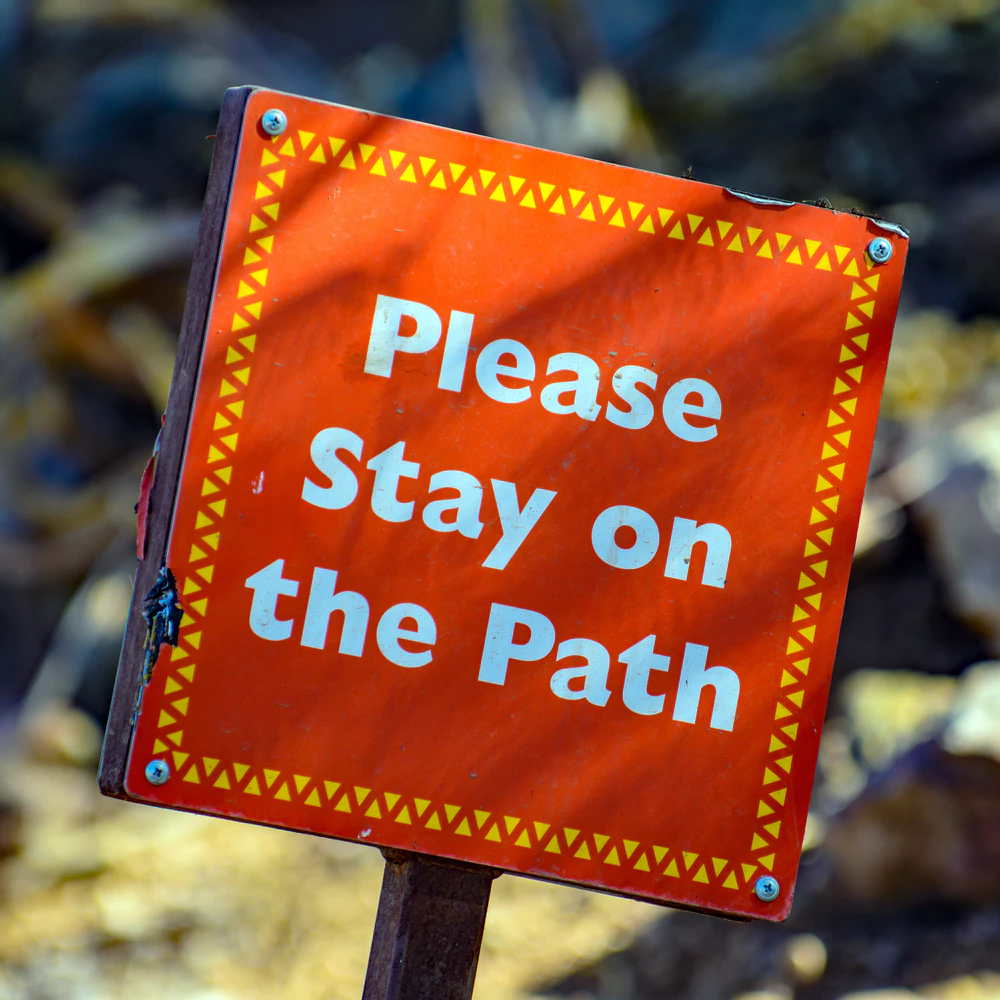
Rules
Each challenge has there own rules but there ther are two very important rules to the Games: no killing people or unduly attacking them and there's no such thing as calling foul pay after the fact - if someone succeeds in cheating, well, you're a ninja you should have cheated better :P.
Despite being called "Shinobi Games", anyone can participate. Some challenges require a team.
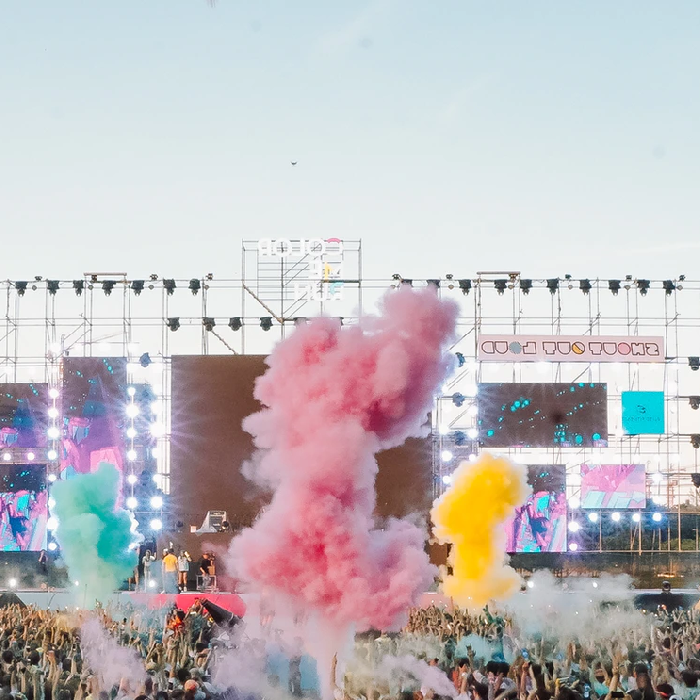
Beauty Contest
Unlike other contests, you do not sign up for it. Monks from the temple decide who they believe should represent each Hidden Village, based on some esoteric means with a handful of recommendations of Kamakura from that area. If you are picked, you cannot back out. There's multiple parts to this contest, including Q&A, talent contest, swimwear and formal wear. There are normally three prizes: Leige of the Convention, Mx Congeniality, and Mx Photogenic.

Cooking Contest
A multi-day event where teams of two battle it out to win. Each day there's a secret ingredient and you defeat another team in one of the following dishes: Appetizer, Soup, Salad, Main Course, or Dessert. As the playing field gets smaller, contestants have to cook more elaborate dishes to stay in the running.
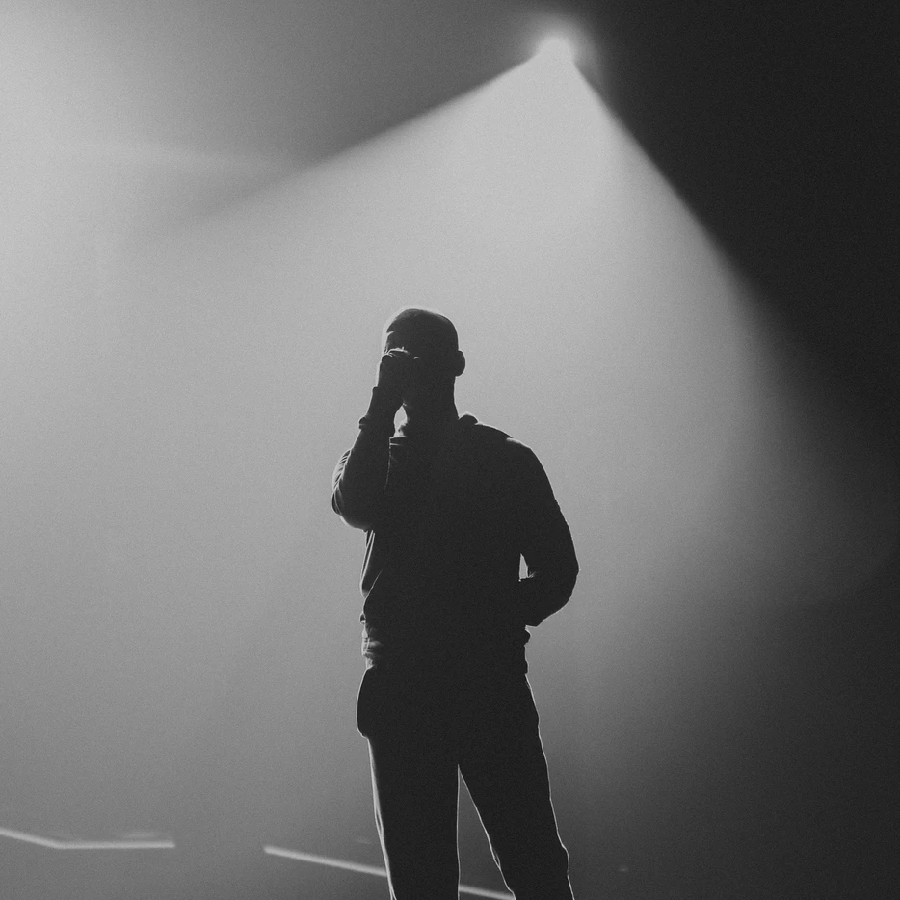
Dramatic Monologue Contest
Competition to see who can provide the most moving soliloquy!
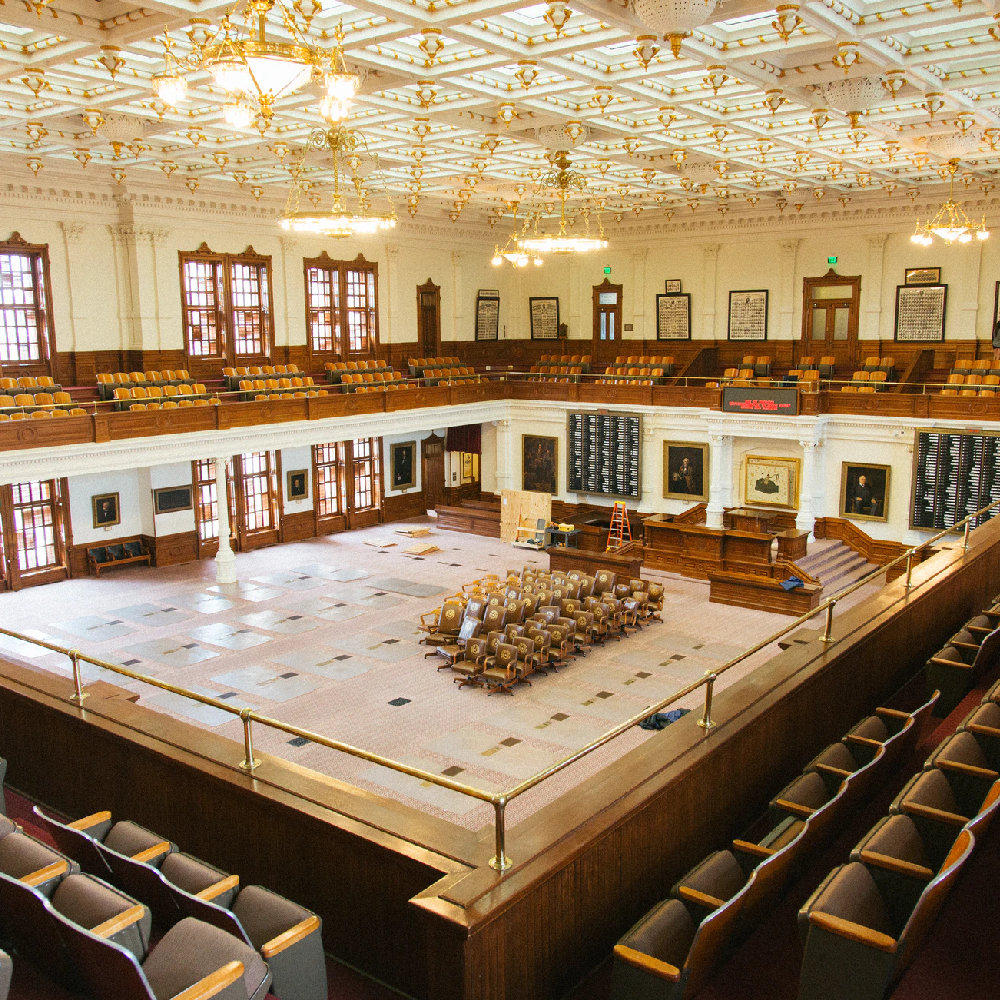
Diplomacy Contest
Who has the best diplomatic encounters through all of WepCon? The winners of this contest, that's who. Like the Beauty Contest, this is not one you sign up for.

Dishwashing Contest
Wash the most dishes and have them drying in time for the official count.

Drinking Contest
A multi-night event. Who can drink the most alcohol throughout the convention? Numbers are cumulative of each night. So yes, you can miss a day and theoretically come from behind to win but that will also include copious amounts of alcohol. The alcohol consumed has to be in the sanctioned "pub" to go towrds the contest tally, drinking in other parts of the con don't count!
The bar is open the whole week, by the way.

Eating Contest
A multiday event, generally after that day's Cooking Contest. Devour both the creations of the Cooking Contest's competitors and the food of the day. The last person eating each day will then compete on Day 8 for the crown! Akimich's can join however Con Staff will try to have them all compete in the same qualifier, preferably on Day 7.
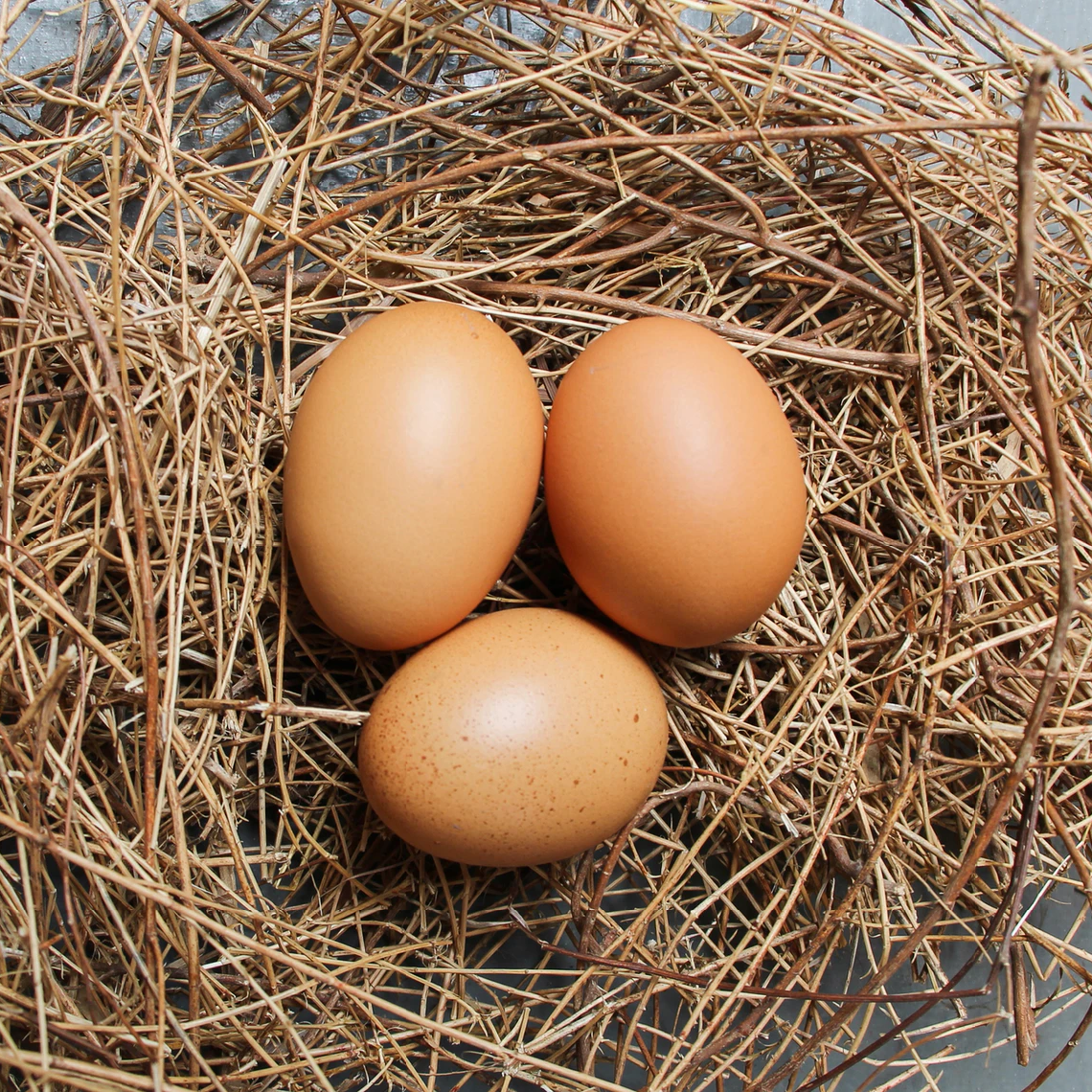
Egg Drop Contest
Create the most interesting device to drop an egg to safety! So long as your egg completes its journey unscathed, you are judged by design, flare, and height.

Flower Arrangement Contest
Contestants compete to create the most elegant flower arrangements. Points are based on aesthetic and message.
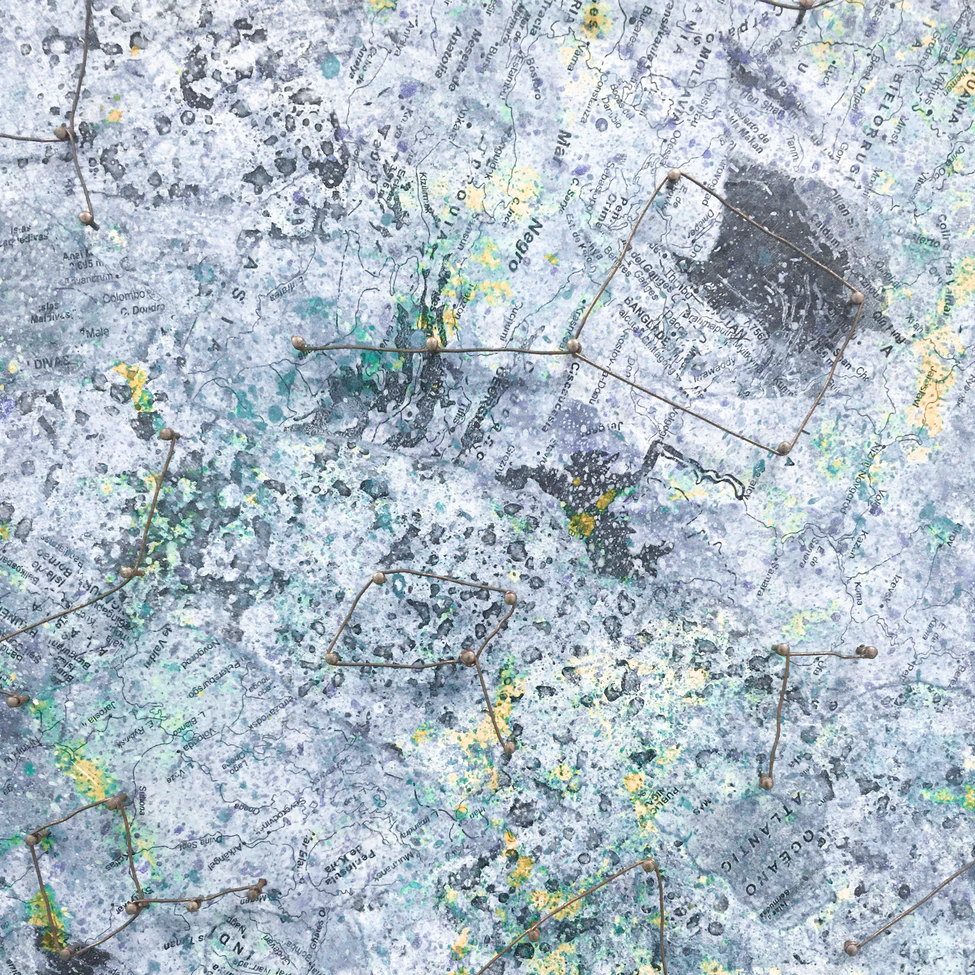
Geography Bowl
Have you traveled the most of the contestants? Match wits while attempting to guess the landmark shown in a series of pictures.
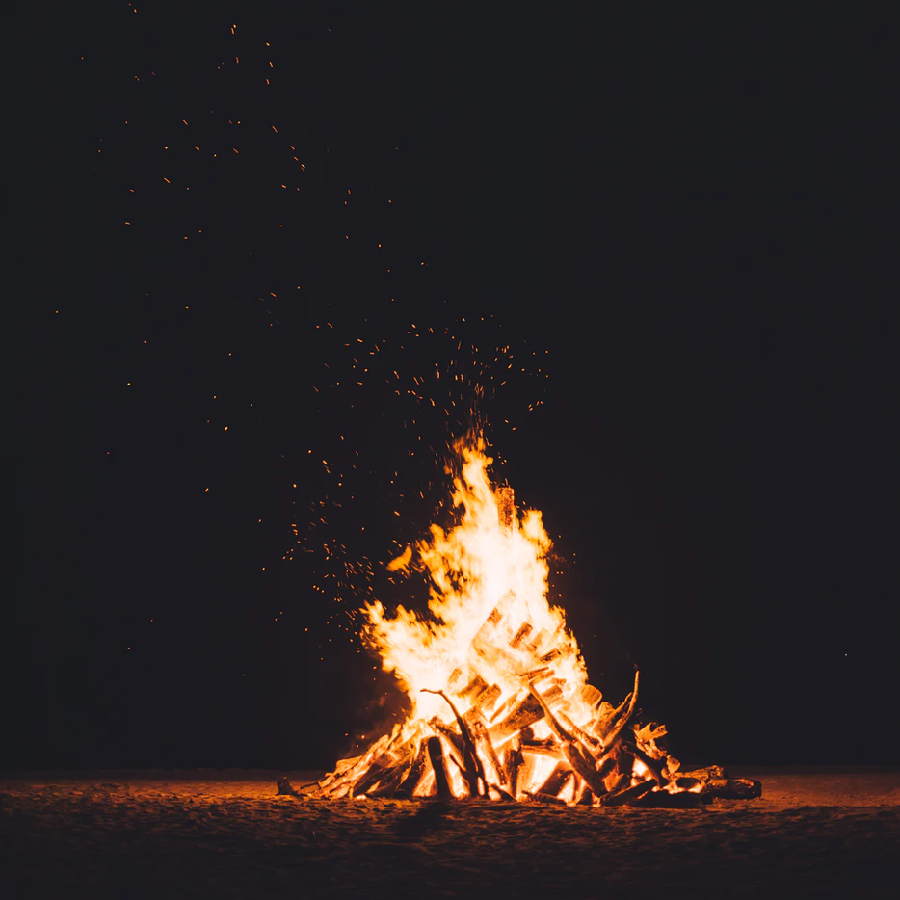
Ghost Story Contest
A multi-night event. Two participants tell ghost stories around the campfire each night. The one with the best story and the best delivery goes on to haunt congoers another night.

Laundry Contest
Contestants have to gather, wash, and dry linens. The more you can have completely dry by counting time, the more points you receive.

Music Contest
This is a four-day event. The first three days are qualifier rounds to decide who will grace the main stage.

Paperwork-Filing Contest
Complete stacks of paperwork as quickly as you can before the time runs out. Points are given based on how much you complete and accurateness.
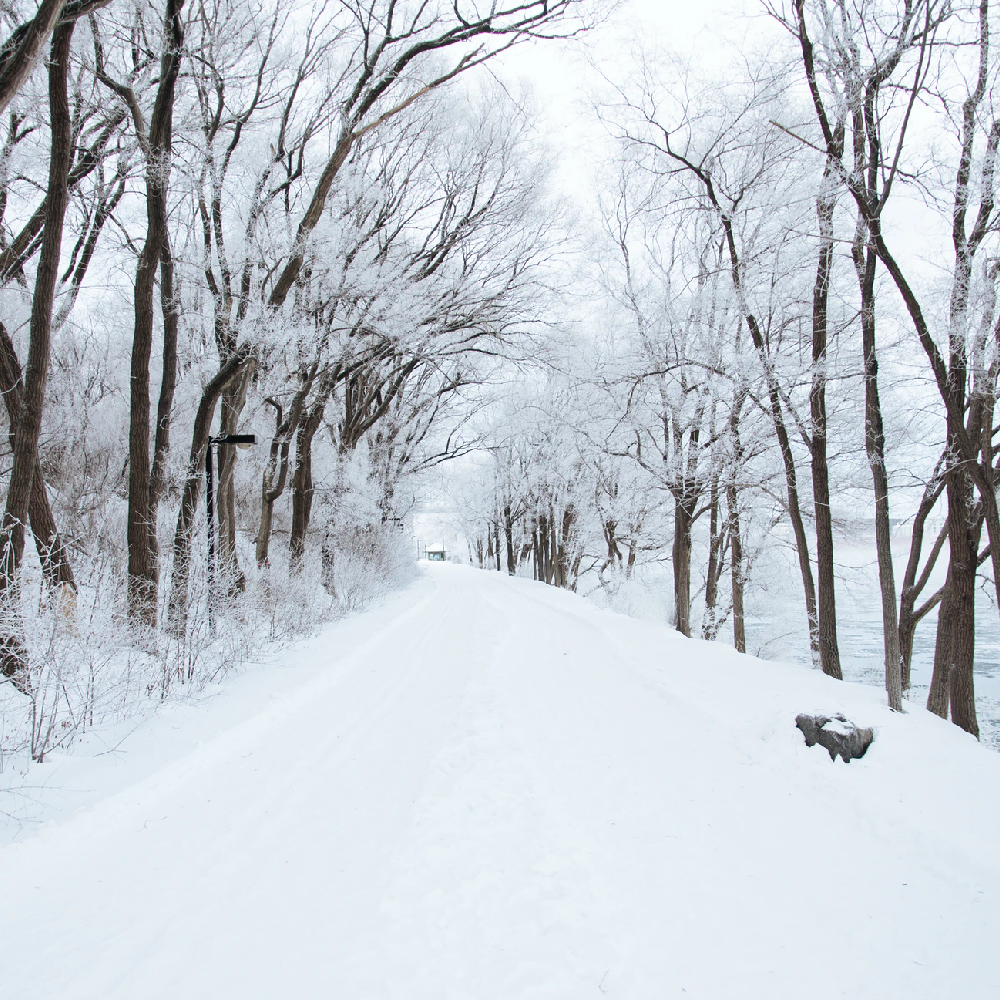
Pit Token Free-for-All
Depending on the weather, a free for all attempt to gather the most points out of the tokens hidden within the snow and/or mud.

Rubble Tower Contest
Compete to create the largest rubble tower by removing one block at a time! Causing the tower to fall is instant disqualification

Scavenger Hunt
Contestants try to find the most items on a list before time runs out.

Strawberry Picking Contest
Contestants compete to pick the best berries in a time limit! Points are awarded based on how good the strawberry is.

Trivia Contest
This is a three-day event. The first two days are qualifier rounds to decide who will match wits with the greatest minds at the con. Naras are accepted however con staff will try to have as many in one qualification round as possible.

???
Every so often random contests will crop up. Please check the main stage for the most up to the minute list of standings.
Iron Politics
An icy, snow covered country located within the Three Wolves, the Land of Iron employs samurai rather than shinobi. Despite not (actively) getting into the subterfuge and intrigue of their neighboring countries, the military of the Land of Iron is so formidable that there are standing laws that shinobi are not to interfere within its borders. Combine with the power of the Kamakura as a religion (and host of SwordCon), this gives the Land of Iron quite the leverage on the internatoinal stage.
Not that they use it though. The only part of politics Iron really involves itself in is trading, as many resources needs to be imported into the country that is nearly always snowed in.
Snippets / Planning
"Insert a quote here."
—Who said this quote or when this quote was said
hello



Recent Images
No images.